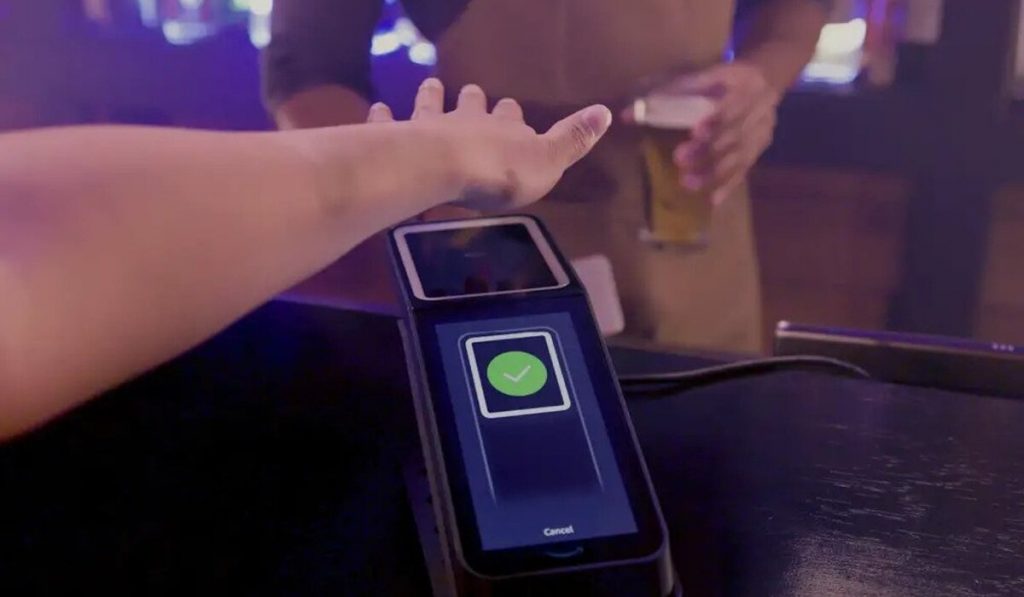It might very soon be possible for you to go out for an evening without carrying your wallet or purse. Amazon has introduced a new service called “palm-based identity” that scans your hand to enable payments, including for alcohol.
On May 22, Amazon announced that their palm scanner, called Amazon One, can now verify a person’s age, making it easier to purchase alcohol in places like bars and sports events. The palm scanners are currently used in Amazon Go stores and over 100 Whole Foods stores across the US.
To use this new technology, users need to provide a selfie and pictures of their government-issued ID, but Amazon assures that they do not store customers’ IDs. The palm scanner examines the unique details of a person’s hand and displays a “21+” message along with a selfie of the customer to confirm their age.
Amazon plans to showcase this new feature at Coors Field, the home stadium of the Colorado Rockies Major League Baseball team. They will specifically highlight it at the Sandlot Brewery and Silver Bullet Bar within the stadium.
“Hearing from Amazon One customers across the country, we understand that they love the convenience it delivers: shorter wait times, quick access to buildings and locations, being able to link their loyalty memberships, and now an easy way to grab their beer,” John McKay, senior director of food service operations and development for the Colorado Rockies, said.
While larger venues with long customer queues could benefit from a smoother process, some bar owners, like Matt Hogan of Brooklyn’s Irish Haven, are not convinced that the technology is necessary for smaller neighborhood bars. Hogan believes that Amazon One could eliminate meaningful conversations between bartenders and patrons, which are often used to determine if someone has already been drinking before entering the bar.
Overall, Amazon’s palm-based identity service aims to simplify age verification and payment processes. However, the implementation of this technology may vary depending on the size and type of establishment.
“When someone presents an ID, there’s an exchange of, sort of, vetting that that person hasn’t been over served somewhere else,” Hogan said. “You learn a lot about a person in that first 10 to 20 seconds.”
“Automation would take that away from me. That would be a lost asset,” Hogan added.

